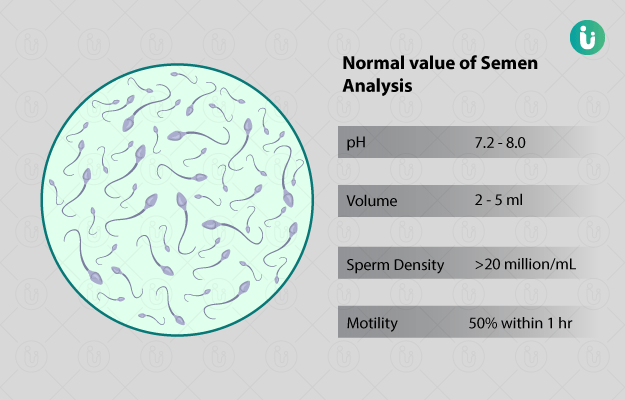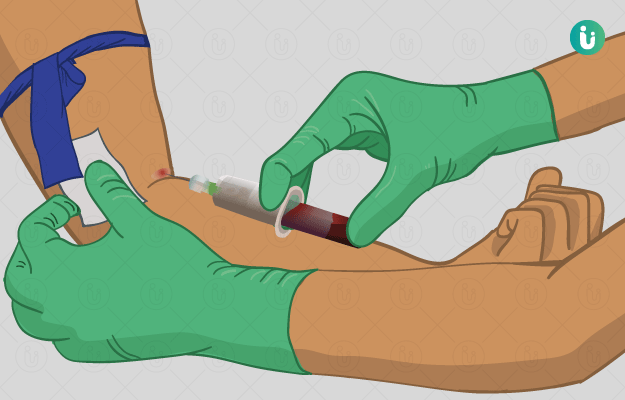What is Leptospira Antibodies Panel test?
The leptospira antibodies test is a diagnostic test for leptospirosis – an infectious disease caused by the bacterium Leptospira interrogans. However, instead of looking for the bacteria, this test measures the level of leptospira antibodies in a person’s blood.
Leptospirosis is a zoonotic infection (spreads through animals) that is transmitted by contaminated food and water. Infected animals like cattle, pigs, horses and dogs shed the bacteria in their urine, which then spreads to vegetation and freshwater through soil. The bacteria can also enter the body through cuts on the skin, mucous membranes (moist linings of the nose, mouth, throat and genitals).
Once the bacteria enters our body, our immune system produces specific proteins - antibodies - against it. Two types of antibodies are produced in abundance during any kind of infection – IgG and IgM. The latter appear earlier and stay for longer. However, it takes about 10 to 14 days for any antibody to show up in the serum.
There are numerous serovars of leptospira bacteria in the world. A serovar is a set of microorganisms that show similar characteristics but have slightly different antigens or trigger the body to produce slightly different antibodies. Leptospira serovars that are common in India are: Leptospira andamana, L. pomona, L. autumnalis, L. hebdomadis, L. semoranga, L. javanica, L. grippotyphosa and L. canicola. Since our body produces specific antibodies against different serovars of leptospira, this test also helps to identify the causative agent of the disease.
Leptospirosis usually affects males more than females, probably due to greater exposure to a contaminated environment. Farmers, veterinarians, soldiers, freshwater fishermen and butchers are at high risk of acquiring this infection.






























